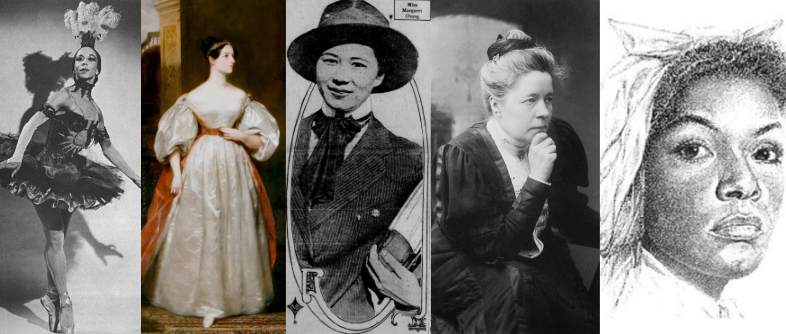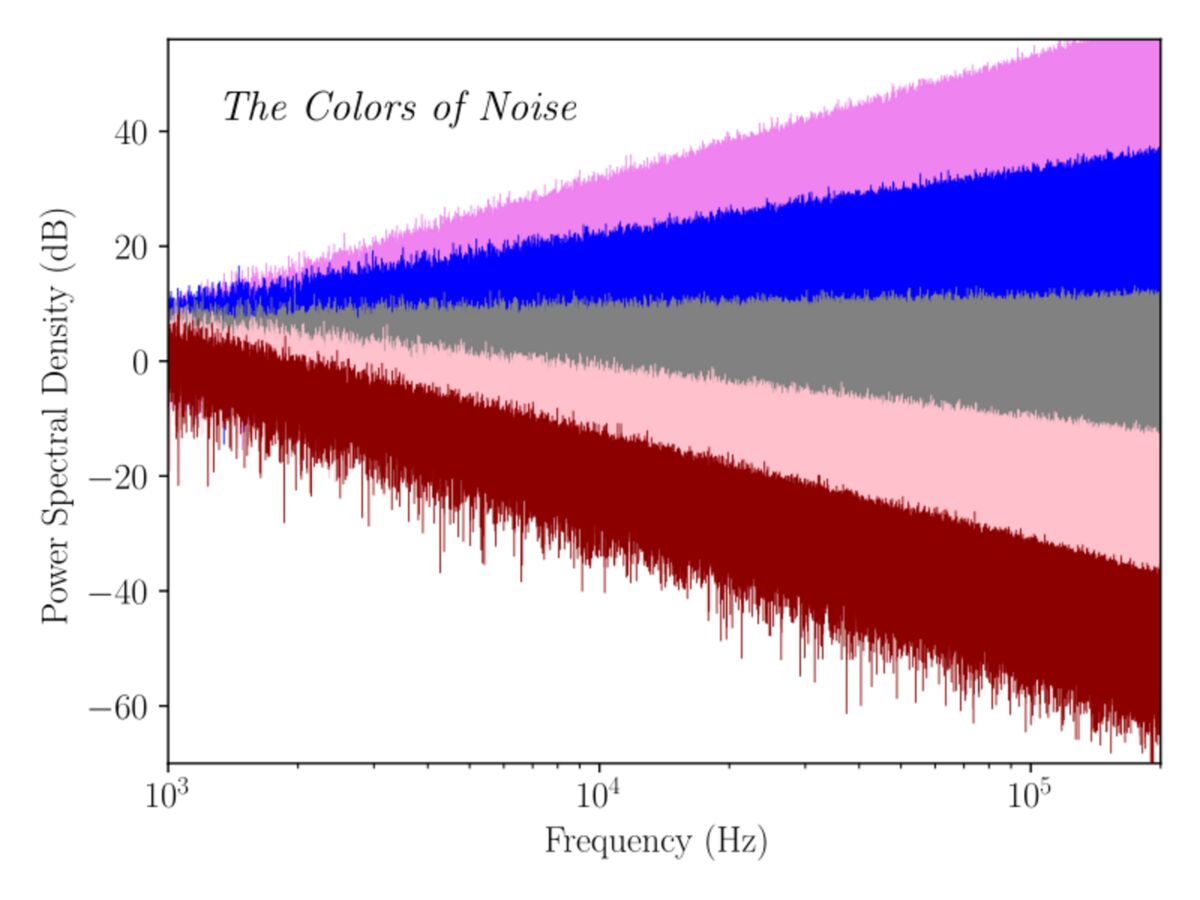Did you know that certain types of noise are associated with different colors? One of the most common examples of this is seen with white noise. However, white noise is very different from brown noise or pink noise. The difference between these different colors of noise can be subtle but also extremely obvious. By altering the composition of sound, specifically in terms of frequency and amplitude, listeners can endure entirely different experiences depending on the type of sound. Warm colors, like pink and brown, have lower frequencies while cool colors, like blue and violet, have higher frequencies. This means that white noise occurs when all frequencies are balanced. Each type of noise has different affects on listeners. Some allow for better sleep, while others can help with focus. Whether you only listen to a these types of noise once a year, or it is your top Spotify genre, sounds like these and the reactions they illicit from listeners are truly fascinating to learn about.
White Noise
White noise is one of the most common types of noise. Chances are you may have used it as noise to fall asleep. The reason this works so well is because white noise is effective when used as background noise. White noise contains frequencies of various colored noises in a balanced manner, therefore the brain has difficulty recognizing all sources of these frequencies and becomes distracted. When it comes to one source of frequency, the brain is fairly successful at determining its source, but when adding in multiple sources of frequency, the brain has trouble focusing on each individual frequency, therefore, causing it to relax.
Pink Noise
Similar to white noise, pink noise involves all frequencies that can be heard. However, unlike white noise, pink noise frequencies are not balanced. In fact, the higher frequencies are less prevalent than lower frequencies. Pink noise is also beneficial to sleep as it includes all frequencies of sound and is good at distracting the brain. How is this different from white noise? You may ask. Pink noise is more effective at sending a person into a deep sleep than white noise, studies have found. This means that it also can improve memory because memories are stored while we are in a deep sleep.
Brown Noise
Brown noise is composed of a wide range of frequencies and is considered to be a deeper and quieter version of pink noise. Some claim that the sound resembles the ocean, thunder, strong wind or even a jet plane all of which can be calming to listeners. Like many other forms of noise, brown noise can help in terms of your sleep schedule. However, this is not the only way in which Brown noise can benefit you. It can also assist with studying routines and improving your focus.
Blue Noise
Blue noise is the opposite of pink noise, meaning that it involves largely higher frequencies. Blue noise is good to minimize sound distortion. Blue noise, unlike many other calming colors of noise, can be more straining to the ear. It has many high energy frequencies that can be more intense for listeners. For this reason, it is probably not the best idea to put on blue noise when you are having trouble sleeping or relaxing.
Violet Noise
Violet noise is the opposite of brown noise, and has high frequencies similar to blue noise. Violet noise is often annoying to listen to for extended periods of time. It is loud and irritating, although it has been used to benefit certain cases of tinnitus and hearing loss as it can be successful at masking ringing sounds. Violet noise and blue noise are similar, but many would agree that violet noise is much more bothersome.
Grey Noise
Grey noise is similar to white noise, but it does not have the same power for each frequency. Grey noise is more complicated than many other types of noise as it has both intense high and low frequencies. It is often used to test and study hearing as well as help with tinnitus, similar to blue and violet noise. However, grey noise is much more mild and soothing to the ear.
Green Noise
Green noise incorporates various frequencies that are often associated with nature. These frequencies are not too high and are calming to the ear. This is why Green noise is frequently used for sleep. It creates a calming environment that can help you drift off to sleep. Green noise is also helpful for productivity, it can block out sounds and minimize distractions which can be beneficial to getting work done or creating a sense of focus.





















